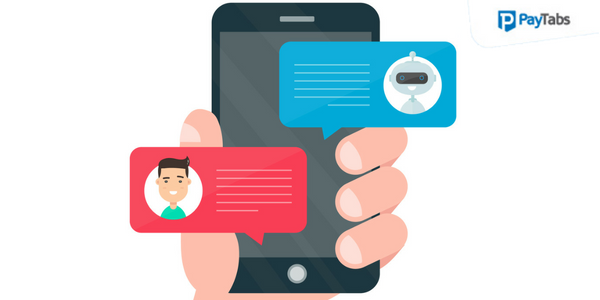Using Your Social Media Channels for Customer Service
Posted on

When social media platforms first came into being, they were perceived as a unique way to connect with friends, families and acquaintances. Over time, e-commerce stores or online businesses began to make their presence felt through Facebook, Twitter and Instagram. Why? Because they quickly realized that social media is an intelligent way to enhance brand awareness. It is also a rising trend to market products and services through social media channels and gauge customer reactions.
Nearly every website today has a social media page and a social media strategy in place, to listen to customers, receive feedback and resolve queries or complaints. Hence, keeping the social media connection with your target audience is essential to expand client base, improve brand value and retain existing customers. Here are the top things to remember if you wish to use social media for customer service effectively:
- Fast response is a must – Most online stores don’t offer round the clock phone or email service. But customers expect prompt response on social media channels, whether they have a query or a complaint. Responding late can cause customers to escalate the issue through other channels, tell friends about the bad experience, and buy less from you. They might also choose not to recommend your brand. This can hamper your brand image in more ways than one. So, timely responses are always a wise idea.
For instance, on Twitter, customers expect you to reply within an hour. And if you cannot resolve the issue in 280 characters, you can lead them to direct messages. On Facebook, response time rates are always shown clearly. And you must reply within 5 minutes if you want Facebook to consider your business very responsive or fast.
- Understand public and private resolutions – No matter what you sell online, you should be prepared for negative comments or complaints. So decide which kind of comments you wish to resolve publicly and which ones you want to keep private. As comments impact your brand image, think carefully. Consider what kind of comments you usually get, who handles them, and how you want to redirect negative comments. Decide if they should be moved to direct messaging, phone or email.
For example, if a customer makes a negative comment on Twitter, or something that requires the exchange of sensitive information, you can reply to them cordially and send an automatically embedded link to direct messages. Your reply should clearly show what to do next or where to click for further conversation.
- Don’t ignore even a single comment – Always remember to acknowledge every review or post on social media and answer every query without fail. If you don’t “hear” a customer, he or she is most likely to leave you! Ignoring a comment would mean you are ignoring the customer and it’s not desirable.
- Fight negative comments positively – If a customer posts a complaint or negative feedback, don’t start defending your business. Address them politely by their names or initials, acknowledge the issue, show empathy and offer a phone number or email ID to continue the discussion and take it offline. Remember that the customer is always right and a thousand other customers are reading the complaint too. So, if you show a positive attitude, you will gain everyone’s trust and support. You can collate negative comments from your past experience and make a list of positive replies which you can use later in similar situations.
- Use tools to monitor social media customer service – Tools like Buffer, Hootsuite and Mention can help you monitor customer service activities on social media channels. Through these, you can handle customer comments and queries on different platforms, simultaneously. These tools also let you tackle issues or queries in posts where your name has been mentioned but you have not been tagged or mentioned with @. You will get notifications even when you are away.
To conclude, being positive, responsive, understanding how to deal with negative comments and using the right monitoring tools can take you a long way when it comes to offering customer service through social media. As long as you are prepared, you can offer customers a supportive environment where they will engage with your brand more and trust you enough to stay loyal.
